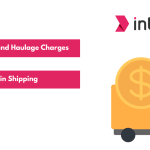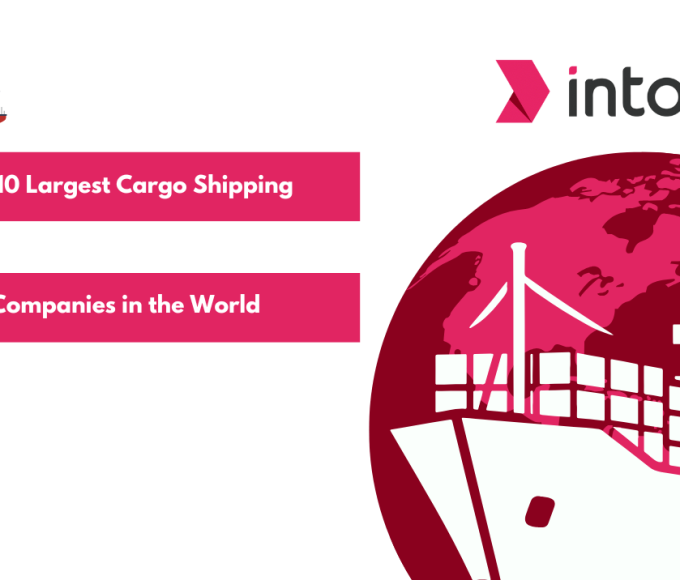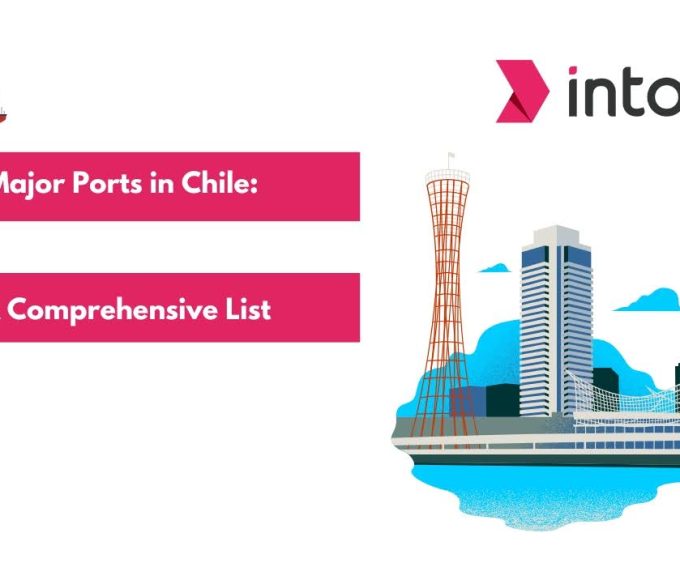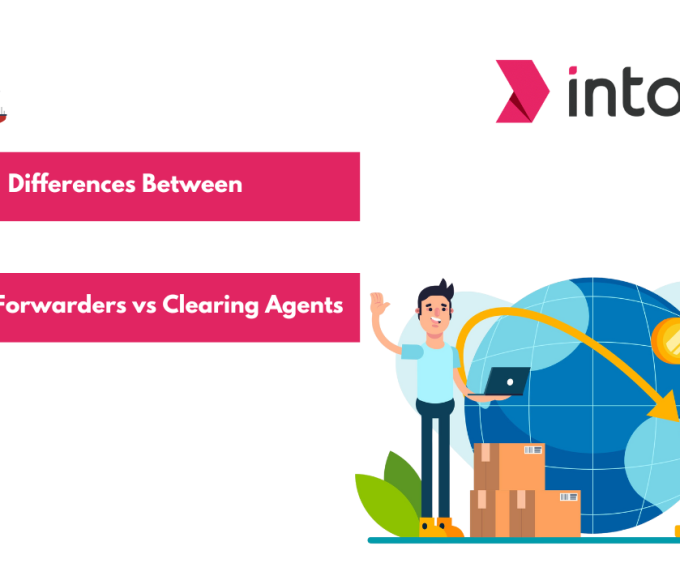Understanding the “POD full form in shipping” is crucial for seamless logistic operations. POD stands for Proof of Delivery, a key document confirming the recipient’s receipt of goods. This document shows that the delivery has been completed and helps resolve any possible disputes. Knowing how to use and interpret POD effectively can streamline your shipping processes, ensuring smooth operations and customer satisfaction. In this guide, we’ll dive into the meaning, importance, and practical uses of Proof of Delivery in shipping.
Going forward, you’ll clearly understand how POD can enhance your shipping operations, types of POD documents, and examples of POD in various shipping scenarios.
Key Elements of a POD Document
- Recipient’s Signature: Confirms that the recipient has received the shipment and acknowledges its condition.
- Delivery Date and Time: This field specifies when the delivery was completed, which helps track and verify delivery times.
- Delivery Address: Details the exact location where the goods were delivered, ensuring the shipment reached the correct destination.
- Description of Goods: This includes information about the delivered items, such as their quantities and identifying features, to confirm that the correct items were received.
- Sender and Recipient Details: Provides contact information for both parties, facilitating communication and verification.
- Tracking Number: A unique number associated with the shipment, helpful in tracking the delivery status and referencing in case of issues.
- Delivery Conditions: Records the condition of the goods upon delivery, noting any damage or discrepancies to address potential disputes.
Together, these elements ensure that the POD document is a comprehensive delivery record, supporting smooth operations and dispute resolution.
Types of Proof of Delivery Documents
Proof of Delivery (POD) documents come in various formats and verify that goods have been delivered as intended. Understanding the different types can help you choose the most effective method for your shipping needs.
- Physical Copy: A traditional form of POD, the physical copy involves a manual signature from the recipient upon delivery. This document typically includes the recipient’s name, delivery date, and a description of the goods. It provides a tangible record of delivery but requires physical handling and storage.
- Electronic Proof of Delivery (ePOD) is a modern digital approach to capturing delivery details. It includes electronic signatures and real-time data such as delivery time and location. This method enhances efficiency by allowing instant access to delivery records and reducing Paperwork.
- E-Signature-Based POD This digital POD method uses electronic signatures to confirm delivery. It may also include photos of the delivery location or the goods, providing additional verification. E-signature-based POD combines the convenience of digital records with the added assurance of visual proof.
- Delivery Confirmation Emails Delivery confirmation emails provide a digital receipt that includes key details such as the date, time, and recipient’s name. This type of POD offers a simple and quick way to verify deliveries, often used for less formal or smaller shipments.
- Barcodes or Tracking Numbers Barcodes or tracking numbers are used to track packages throughout their journey. At delivery, scanning the barcode or tracking number records the delivery event in a system, which can then be accessed for confirmation. This method provides a detailed tracking history but may require additional technology for complete verification.
Each type of POD document offers unique benefits, helping you to select the most suitable method based on your business needs and technological capabilities.
Importance of POD in Shipping
Proof of Delivery (POD) is crucial in shipping, ensuring that deliveries are completed as expected and providing several key benefits. Let us understand this from the point of view of your business and customers.
From the Customer’s Perspective
- Proof of Delivery and Accountability : For customers, a POD document assures that their order has been delivered as expected. It proves that the shipment arrived and was accepted, crucial in disputes about delivery status or missing items.
- Transparency and Trust : Having access to POD helps build trust between customers and businesses. It clearly records the delivery date, time, and recipient, enhancing transparency and reducing uncertainty about their order status.
- Easy Resolution of Issues : If there are any issues with the delivery, such as damaged goods or incorrect items, the POD document provides a basis for resolving these problems. It simplifies filing claims or seeking refunds, making it easier for customers to address concerns.
From the Business’s Perspective
- Legal Protection and Dispute Resolution: POD is critical for businesses’ legal protection. It is evidence in disputes or claims, proving that the recipient completed and accepted the delivery. This documentation can be necessary to defend against chargebacks or claims of non-delivery.
- Financial Accuracy and Reconciliation: POD documents are essential for accurate invoicing and reconciliation. They ensure that businesses can verify deliveries before processing payments, reducing errors and discrepancies in financial records.
- Operational Efficiency: POD helps businesses track and trace shipments efficiently. Providing detailed records of each delivery enables better logistics and inventory management, helping streamline operations and improve overall efficiency.
- Enhanced Customer Service: By providing POD, businesses can enhance customer service and satisfaction. It offers customers a reliable way to verify that their orders have been delivered, boosting their overall experience and building customer loyalty.
By understanding and effectively utilizing POD, businesses can safeguard their interests, enhance customer service, and improve operational efficiency.
Also Read: What is Detention? Top Strategies and Tips to Avoid Detention Fees in Your Cross-Border Shipments
Uses of POD in Modern Shipping
Proof of Delivery (POD) is a vital tool in modern shipping, offering a range of benefits that enhance various aspects of the shipping process. Here’s how POD is utilized in contemporary logistics:
- Real-Time Tracking POD facilitates real-time tracking of shipments through tracking numbers. This feature is helpful to both businesses and customers in monitoring the delivery status as it progresses, providing updates on estimated delivery times and any delays. Real-time tracking improves visibility and helps manage expectations throughout the shipping process.
- Fraud Prevention: POD helps prevent fraudulent non-delivery claims by providing concrete evidence of delivery. The document proves that the designated recipient received the shipment, making it harder for individuals to claim that goods were not delivered falsely. It reduces financial losses and ensures the integrity of the shipping process.
- Streamlined Operations: In modern shipping, POD contributes to streamlined operations by simplifying logistics processes. It provides a clear record of each delivery, which helps manage inventory, optimize routes, and coordinate between various stakeholders. This efficiency reduces delays and enhances the overall performance of the supply chain.
- Support in Dispute Resolution: POD plays a crucial role in resolving disputes by providing objective evidence. In disagreements about the delivery status or conditions of the goods, the POD document offers a factual basis for resolving claims. It helps address issues quickly and maintain customer satisfaction.
Overall, POD enhances the shipping experience by improving tracking accuracy, preventing fraud, streamlining operations, and supporting effective dispute resolution. Its use in modern shipping systems contributes to a more reliable and efficient logistics environment.
Examples of POD in Various Shipping Scenarios
B2B Delivery Systems
In a Business-to-Business (B2B) delivery scenario, a POD might involve a shipment being delivered to a warehouse or a business location. The consignee, responsible for receiving the goods, checks the shipment against the packing list and verifies the contents. They then sign the POD document to confirm receipt and the condition of the items.
For instance, a manufacturer receives raw materials from a supplier; upon delivery, the warehouse manager inspects the shipment and signs the POD to confirm that all items are correct and in good condition. This documentation ensures that the business has received exactly what was ordered, supporting inventory management and financial reconciliation.
B2C Delivery
In a Business-to-Consumer (B2C) delivery scenario, the POD process often includes the buyer or recipient acknowledging receipt of the goods. It can be done via a one-time password (OTP) sent to the recipient’s mobile phone or by providing a signature on a handheld device or paper document.
For example, when an e-commerce company delivers a package to a customer’s home, the delivery person might ask the recipient to enter an OTP received via SMS or to sign a digital device to confirm receipt. This method records that the customer has received the package and helps ensure the delivery process is completed smoothly.
Also Read: Understanding the Role, Purpose, and Charges of Container Freight Station (CFS)
Transition to Electronic Proof of Delivery
Electronic Proof of Delivery (ePOD) is becoming increasingly vital as shipping and logistics evolve. This digital solution provides multiple advantages over traditional paper-based methods, enhancing accuracy and efficiency in the delivery process. Here’s how ePOD can transform your shipping operations.
- Real-Time Data Capture: Electronic Proof of Delivery (ePOD) allows for real-time data capture and transmission. It means that delivery details, including timestamps and recipient signatures, are instantly updated and accessible, improving the accuracy and speed of tracking and record-keeping.
- Reduced Paperwork: ePOD eliminates the need for physical documents, reducing paper usage and associated storage costs. Digital records are better for managing, searching, and recovering, simplifying administrative work and increasing efficiency.
- Enhanced Accuracy: With ePOD, errors associated with manual data entry are minimized. The digital system ensures that delivery information is accurately recorded and updated, reducing the chances of discrepancies between the delivery records and actual delivery status.
- Improved Accessibility: Digital PODs can be accessed from any device with internet connectivity, providing greater flexibility for businesses and customers. This accessibility ensures that delivery records are readily available for verification, analysis, and reporting.
- Faster Dispute Resolution: In case of disputes or claims, ePOD provides immediate access to detailed delivery records and evidence. The digital format facilitates quicker issue resolution, allowing for easy retrieval and review of delivery information.
Consider Intoglo’s digital solutions further to enhance the accuracy and efficiency of your shipping processes. Our solutions provide real-time tracking, comprehensive data analytics, and secure digital record-keeping, ensuring your delivery operations run smoothly and efficiently.
Conclusion
In the dynamic world of shipping, Proof of Delivery (POD) is an essential element that ensures transparency, accuracy, and efficiency in the delivery process. Whether through physical documents or digital formats like ePOD, POD provides crucial evidence that shipments have been delivered correctly. It supports customers and businesses in managing disputes, verifying deliveries, and maintaining financial accountability.
The various types of POD documents, from manual signatures to digital confirmations, meet different needs across industries. They contribute significantly to fraud prevention, operational efficiency, and overall consumer happiness.
Intoglo provides door to door delivery of full container loads in PAN India and the USA while minimizing irregularities. With Intoglo’s end-to-end tracking of shipments from pickup to delivery and real-time updates via WhatsApp, you can ensure that every delivery is accurately recorded and efficiently managed. After successful delivery, intoglo provides a POD. Leverage Intoglo’s technology to enhance your shipping operations and stay ahead in today’s competitive landscape.








Leave a comment